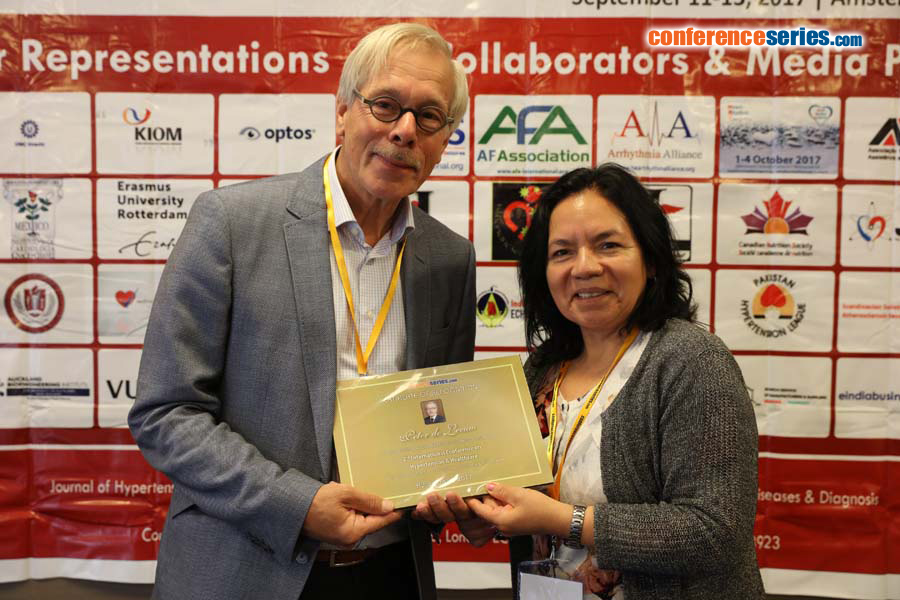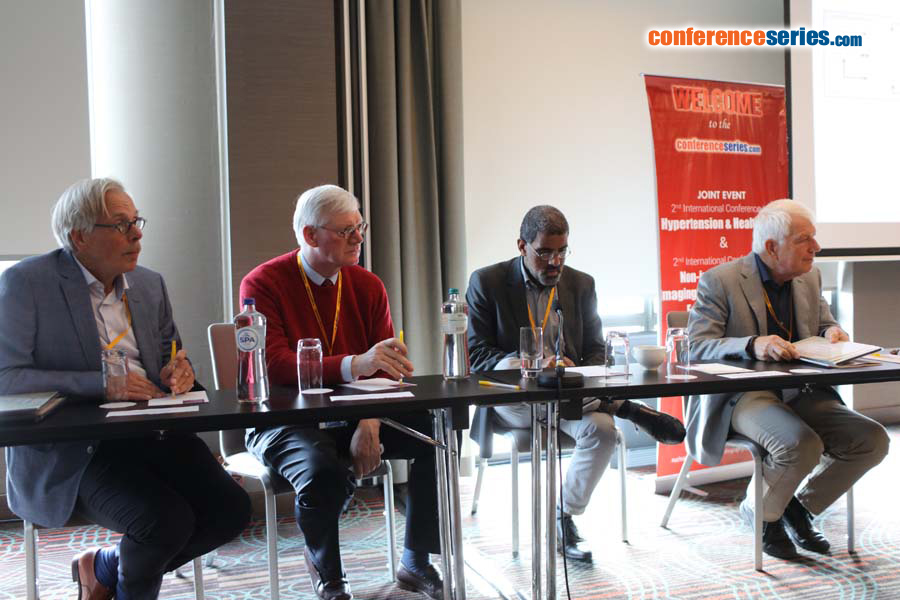2nd International Conference on Non-invasive Cardiac Imaging, Nuclear Cardiology & Echocardiography
Amsterdam, Netherlands

Peter de Leeuw
Maastricht University , Netherlands
Title: Options for novel, pathophysiology-based management of Hypertensive Disorders of Pregnancy (HDPs)
Biography
Biography: Peter de Leeuw
Abstract
Introduction: From a hemodynamic point of view, hypertension may be caused by an increase in cardiac output and/or peripheral vascular resistance. In addition, volume status and the degree of vascular stiffness determine the height of blood pressure. When hypertension is found during pregnancy (HDPs), all these pathophysiological phenomena may play a role but the pattern is far from homogeneous. First, it makes a difference whether hypertension was pre-existent or induced by the pregnancy. Secondly, it is important to consider that HDP may involve as a spontaneous disorder in an otherwise healthy woman or be superimposed upon another ‘silent’ underlying abnormality.
Pathophysiological considerations: In pregnancy-related hypertension we usually find a lower cardiac output, increased vascular resistance, increased arterial stiffness and a reduced plasma volume. The activity of the renin-angiotensin system is suppressed as well. This suggests that there is a hypertensive stimulus which leads to a compensatory reduction in pressor systems. The fact that sympathetic activity is activated rather than suppressed can be seen as an attempt to ‘keep the circulation going’.
Pathophysiology-based management:The most appropriate approach to the patient with a HDP is to direct treatment to those factors that could initiate or exacerbate a rise in pressure. Recent evidence suggests that a substantial proportion of women with preeclampsia - a common form of HDP - have renal vascular abnormalities, either as a pattern of intrarenal nephrosclerosis or, and perhaps more often, as macrovascular disease, notably fibromuscular dysplasia.
References:
- Vance CJ et al. Increased prevalence of preeclampsia among wo-men undergoing procedural intervention for renal artery fibro-muscular dysplasia. Ann Vasc Surg 2015; 29: 1105.
- Spaanderman ME et al, The effect of pregnancy on the compliance of large arteries and veins in normal parous controls and formerly preeclamptics. Am J Obstet Gynecol 2000; 183: 1278.
- Abalos E et al. Antihypertensive drug therapy for mild to mode-rate hypertension during pregnancy. Cochrane Database Syst Rev. 2014 Feb6;(2): CD002252.
- Van Twist DJ et al. Renal hemodynamics and renin-angiotensin sys-tem activity in humans with multifocal renal artery fibromuscular dysplasia. J Hypertens 2016; 34: 1160.
- De Leeuw PW et al. Bilateral or unilateral stimulation for baroreflex activation therapy. Hypertension 2015; 65: 187.




